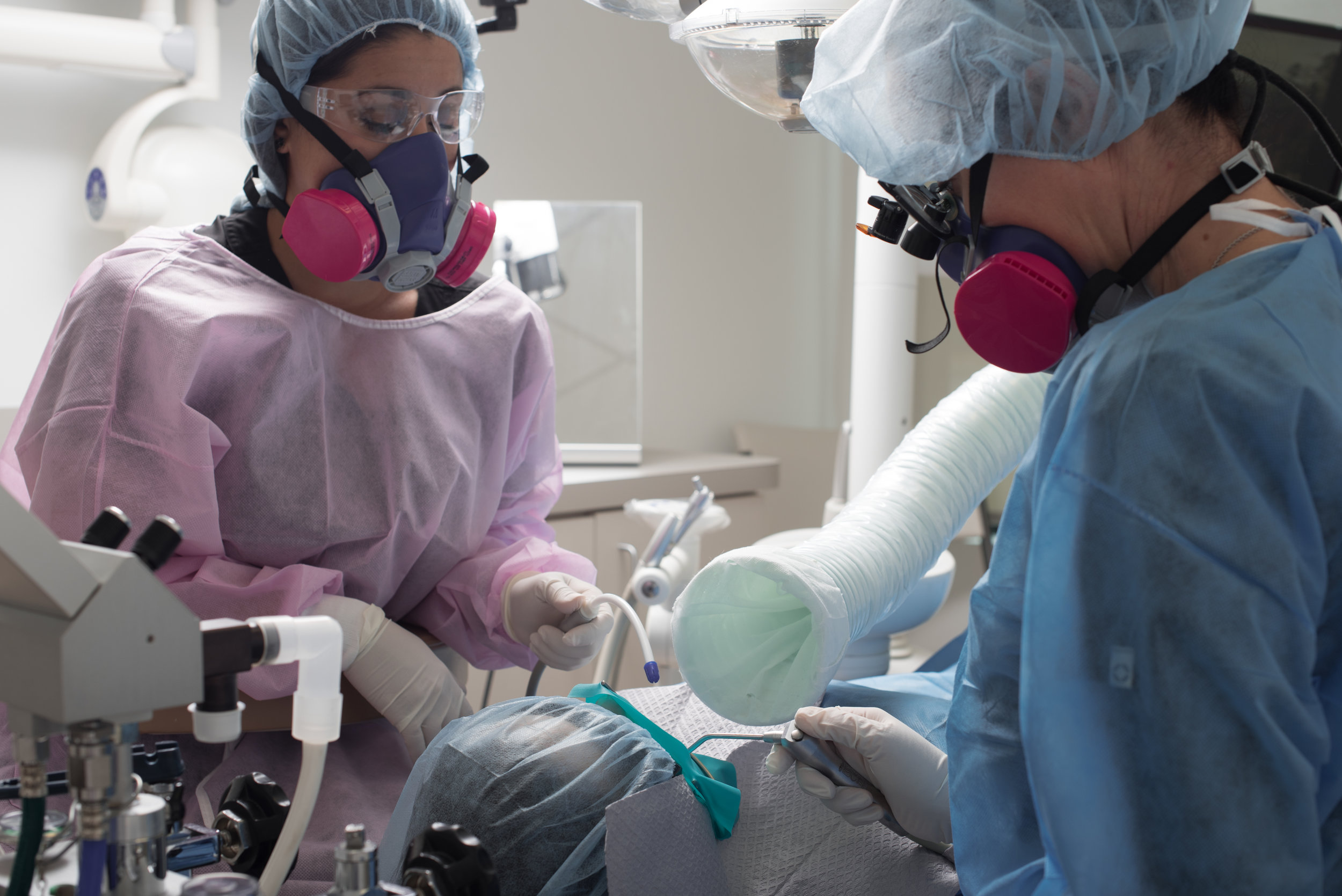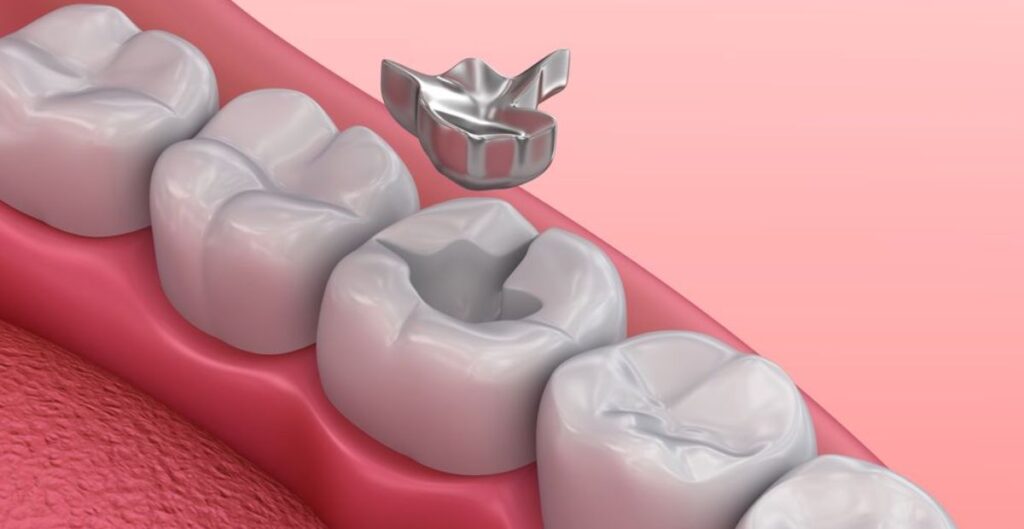What Is Dental Amalgam?
Amalgam is a type of dental filling material made of a mixture of metals, including mercury, silver, tin, and copper. The American Dental Association and the WHO have both stated that dental amalgam is a safe and effective option for dental fillings. However, some people have chosen to avoid it due to concerns about the mercury content. Alternatives to dental amalgam include composite resin and ceramic fillings.
Dental Amalgam Fillings Removed?
The decision to remove dental amalgam fillings made on a case-by-case basis, in consultation with a dentist.
The dentist may also provide additional care to minimize the exposure such as using high volume evacuation (HVE) and rubber dam isolation.
It’s worth noting that the dental amalgam removal can release mercury vapor which can be inhaled, so the process should be done by a trained professional using appropriate safety measures to minimize exposure.
the removal of dental amalgam fillings is a procedure that is typically done by a dentist or dental specialist. The process involves numbing the area, isolating the tooth, removing the filling, cleaning the tooth, and replacing the filling with a new material. It is important to minimize the exposure to mercury vapor by following safety measures and post-procedure care instructions.
The procedure generally follows these steps:
Local anesthesia is typically used to numb the area around the tooth to be treated.
Removal: The dentist will use a drill or other tools to remove the filling. Depending on the size of the filling and the condition of the tooth, this process can take anywhere from a few minutes to an hour.
Post-procedure care: The dentist will provide instructions for post-procedure care, which may include avoiding hard or sticky foods, and avoiding chewing on the treated tooth for a certain period of time.
Things to Consider prior to Amalgam Removal
When considering the removal of dental amalgam fillings, there are several important factors to consider. We examining a patient for amalgam removal upon request, many factors must be looked at.
These include:
- The condition of the filling: If the filling is in good condition and is not causing any problems, such as leakage or recurrent decay, there may be no need to remove it.
- The amount of mercury vapor release: Removing dental amalgam fillings can release mercury vapor. It is important to have the procedure done by a trained professional using appropriate safety measures to minimize exposure.
- The condition of the tooth: If the tooth has extensive decay or a large filling, removing the amalgam may weaken the tooth structure.
- The cost and availability of alternative materials: Replacing the amalgam with an alternative material such as composite resin or ceramic more expensive and not covered by insurance.
- The patient’s concerns and expectations: If a patient has concerns about the mercury content of amalgam defillings or is experiencing an allergic reaction, they should discuss this with their dentist and consider their options.
- The patient’s overall health and the potential risks of the removal: Considered before performing any procedure, especially in patients with chronic illness, pregnancy or other health conditions.

Decision to remove dental amalgam fillings made on a case-by-case basis. For consultation with a dentist, taking into account all the above considerations.
Read: What is the Cost of Damon Braces in San Mateo
Benefits and Risks of Dental Amalgam
Dental amalgam is a type of filling material made of a mixture of metals, including mercury, silver, tin, and copper. It has been used for over 150 years to fill cavities in teeth & is considered a safe and effective treatment option.
Benefits:
- Durability: Dental amalgam fillings are strong and durable & can last for many years.
- Cost-effective: Dental amalgam is a cost-effective option for dental fillings.
- Easy to use: Dental amalgam is easy to use and can be placed quickly & making it a good option for large or deep cavities.
- Good for biting surfaces: Dental amalgam is a good choice for filling cavities on biting surfaces of the teeth.
- Safe and effective: The ADS and the WHO have said that dental amalgam is a safe option for dental fillings.
Risks:
- Mercury content: Dental amalgam contains mercury, which is a toxic element. The cost of mercury in dental amalgam is less & the amount released by fillings is considered to be low.
- Allergic reactions: Some people may be allergic to the metals in dental amalgam.
- Pregnant women and children: Pregnant women and children under the age of six should avoid dental amalgam filling.
- Amalgam Removal: Removal of dental amalgam can release mercury vapor.
In summary, dental amalgam have some benefits and some risks. Consultation with a dentist is important to make the best decision for your dental health. To help your teeth and fillings last as long as possible, you should maintain a healthy diet, proper oral hygiene, and regular dental checkups.



